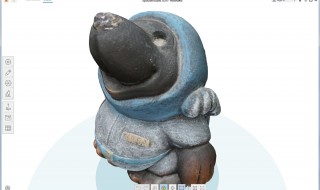


It is easy to create rock surfaces using this technique. A good example is the displacement modifier, where a mesh can be distorted based on a height map. This is where code/modifiers does the modeling work. The most famous form is NURBS modeling, where you can create surfaces between curves, but as I said few people now use that method.īlender does have curve support, but no support for trimming or viewport UV's. This technique has been largely fased out, but was popular in the 90's (I think) This is where a form is created using joined curves, spline modeling.

In this area, Blender has quite good tools. This is where you work off of a very high poly mesh, and form a shape by pushing vertices in large numbers to form a shape, this can produce very creatve and organic workflow, generally used form non hard surface meshes, although some people sculpt hard surface meshes. In this area Blender has very good tools. Some people only like to do it one way, I'd try both and see what you like. As a rule, use extrude modeling if you're not going to have to eyeball proportions, since you can use the details from the start and work faster (like modeling off blueprints), and use box modeling for when your eyeballing stuff since it is much easier to adjust proportions. There are a lot of sub-approaches, like extrude modeling and box modeling to name a few. This is where you use edit mode, and move around, connect and disconnect vertices to form a shape. There really are only ~ 6 in blender, except for impracticable ones/not supported, the rest are derivatives: 1.


 0 kommentar(er)
0 kommentar(er)
